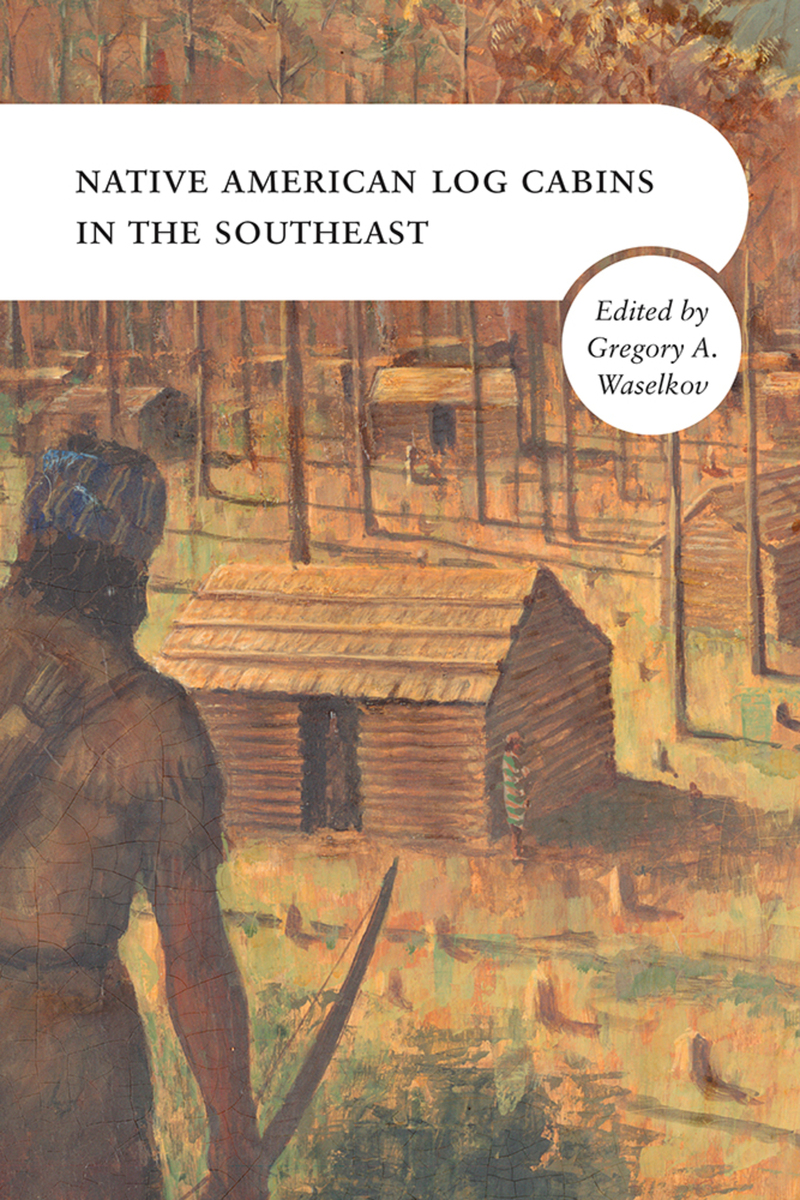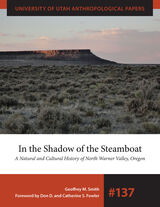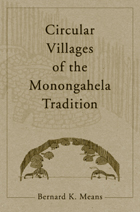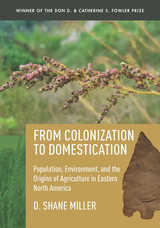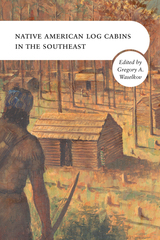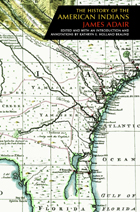Native American Log Cabins in the Southeast
University of Tennessee Press, 2019
Cloth: 978-1-62190-504-2 | eISBN: 978-1-62190-505-9
Library of Congress Classification E78.S65
Dewey Decimal Classification 728.730975
Cloth: 978-1-62190-504-2 | eISBN: 978-1-62190-505-9
Library of Congress Classification E78.S65
Dewey Decimal Classification 728.730975
ABOUT THIS BOOK | AUTHOR BIOGRAPHY | REQUEST ACCESSIBLE FILE
ABOUT THIS BOOK
Southeastern Native American forms of domestic architecture underwent multiple transitions between the mid-eighteenth to early nineteenth centuries. In Native American Log Cabins in the Southeast, Gregory A. Waselkov and ten colleagues track the origins of Native American cabins, structures that incorporated a range of features borrowed from indigenous post-in ground building traditions, Euroamerican horizontal notched-log construction, and elements introduced by Africans and African Americans. Grounded in archaeological investigation, their essays illuminate the distinctive cabin forms developed by various southeastern Native groups, including the Cherokee, Creek, Choctaw, and Catawba peoples.
In a rapidly changing social, economic, and political landscape at the frontiers of an expansionist United States, the log cabin, a northern European house form, proved equally adaptable to the needs of settlers, slaves, and Native peoples. Each found ways to make log cabins their own. Beneath these deceptively simple hewn facades, indigenous principles of correctness guided southeastern Indians’ uses of interior cabin space, creations of raised clay hearths, and maintenance of pits that gave occupants access to the regenerative properties of the Beneath World. The chapters in this volume make important contributions toward a better understanding of houses and households in the Native Southeast by marshalling new data, methods, and theory to address an important but understudied phenomenon.
In a rapidly changing social, economic, and political landscape at the frontiers of an expansionist United States, the log cabin, a northern European house form, proved equally adaptable to the needs of settlers, slaves, and Native peoples. Each found ways to make log cabins their own. Beneath these deceptively simple hewn facades, indigenous principles of correctness guided southeastern Indians’ uses of interior cabin space, creations of raised clay hearths, and maintenance of pits that gave occupants access to the regenerative properties of the Beneath World. The chapters in this volume make important contributions toward a better understanding of houses and households in the Native Southeast by marshalling new data, methods, and theory to address an important but understudied phenomenon.
See other books on: Indian architecture | Prehistoric | Southeast | Vernacular | Waselkov, Gregory A.
See other titles from University of Tennessee Press
